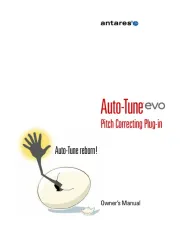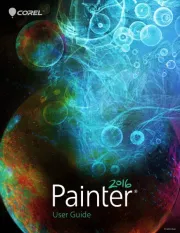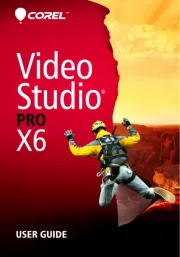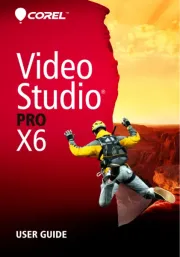Google Picasa Manual
Læs gratis den danske manual til Google Picasa (9 sider) i kategorien Foto/video software. Denne vejledning er vurderet som hjælpsom af 160 personer og har en gennemsnitlig bedømmelse på 4.6 stjerner ud af 80.5 anmeldelser.
Har du et spørgsmål om Google Picasa, eller vil du spørge andre brugere om produktet?

Produkt Specifikationer
| Mærke: | |
| Kategori: | Foto/video software |
| Model: | Picasa |
Har du brug for hjælp?
Hvis du har brug for hjælp til Google Picasa stil et spørgsmål nedenfor, og andre brugere vil svare dig
Foto/video software Google Manualer



Foto/video software Manualer
- Corel
- Sonos
- MeldaProduction
- Adobe
- Pinnacle
- Microsoft
- McAfee
- Cyberlink
- Canon
- Apple
- DoorBird
- Bang And Olufsen
- Antelope Audio
- Axis
- Genelec
Nyeste Foto/video software Manualer









